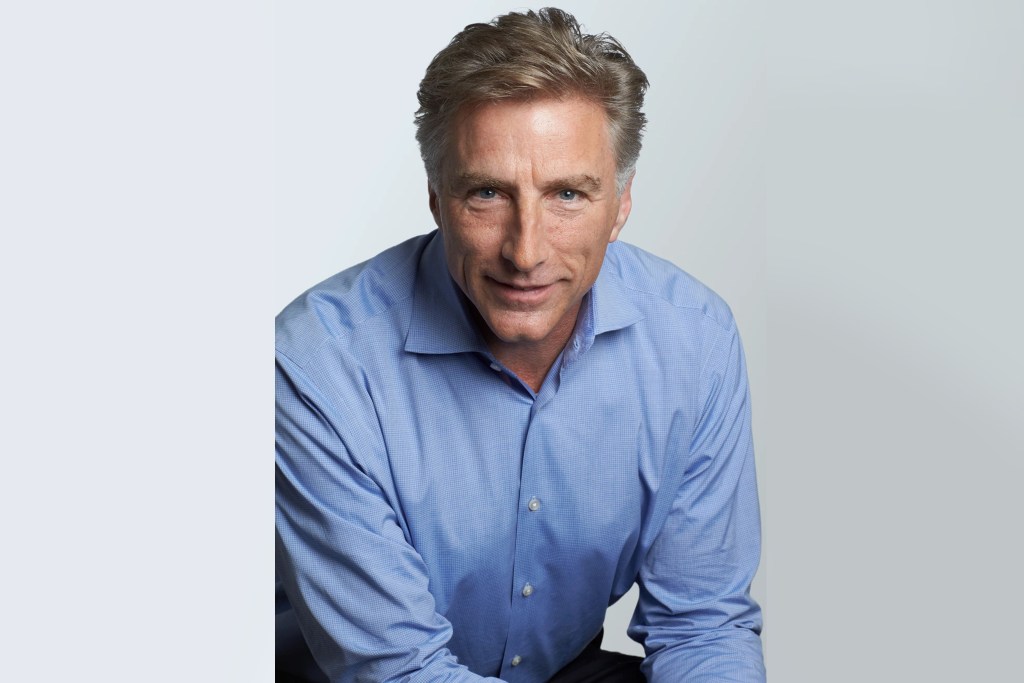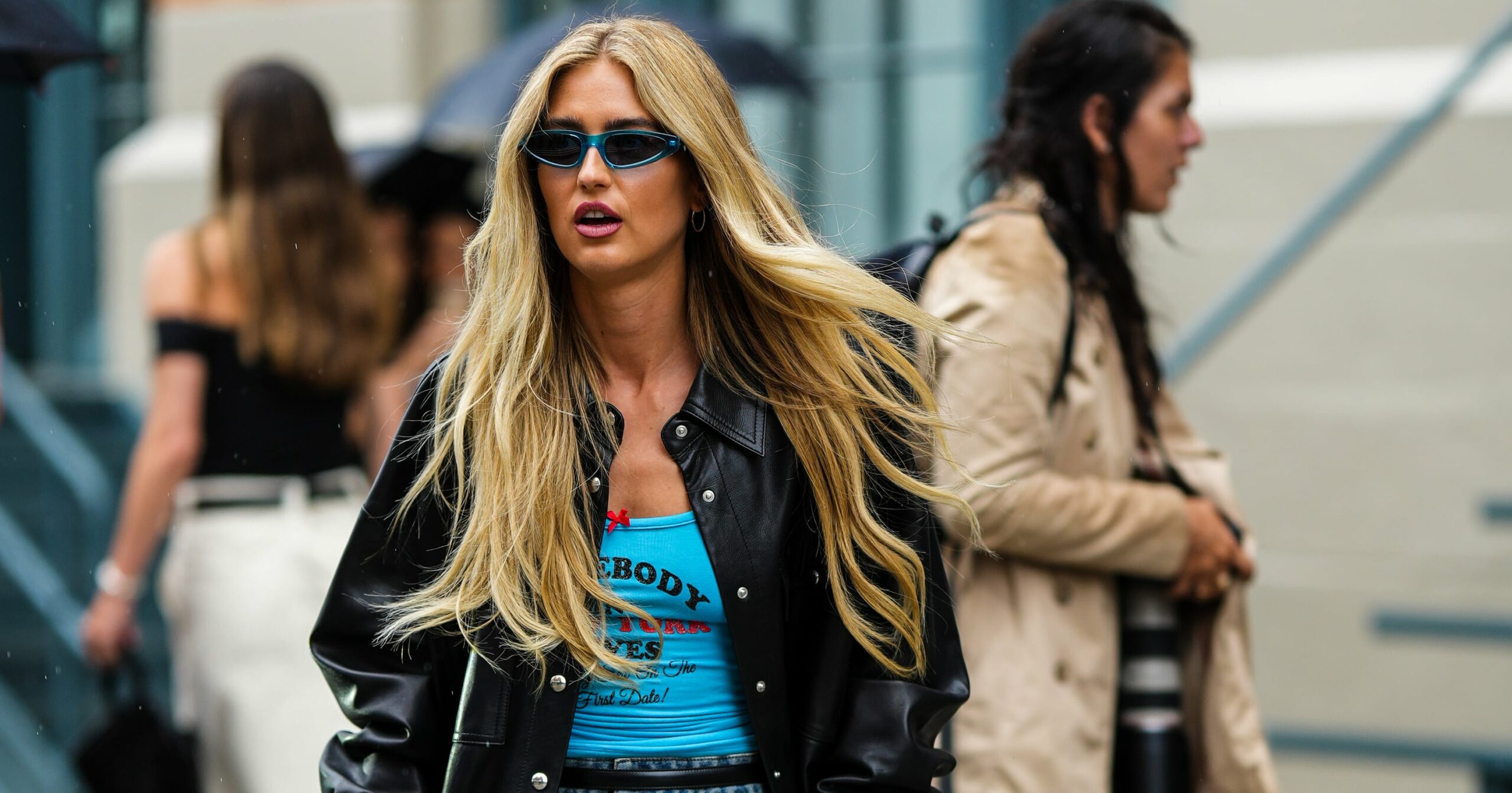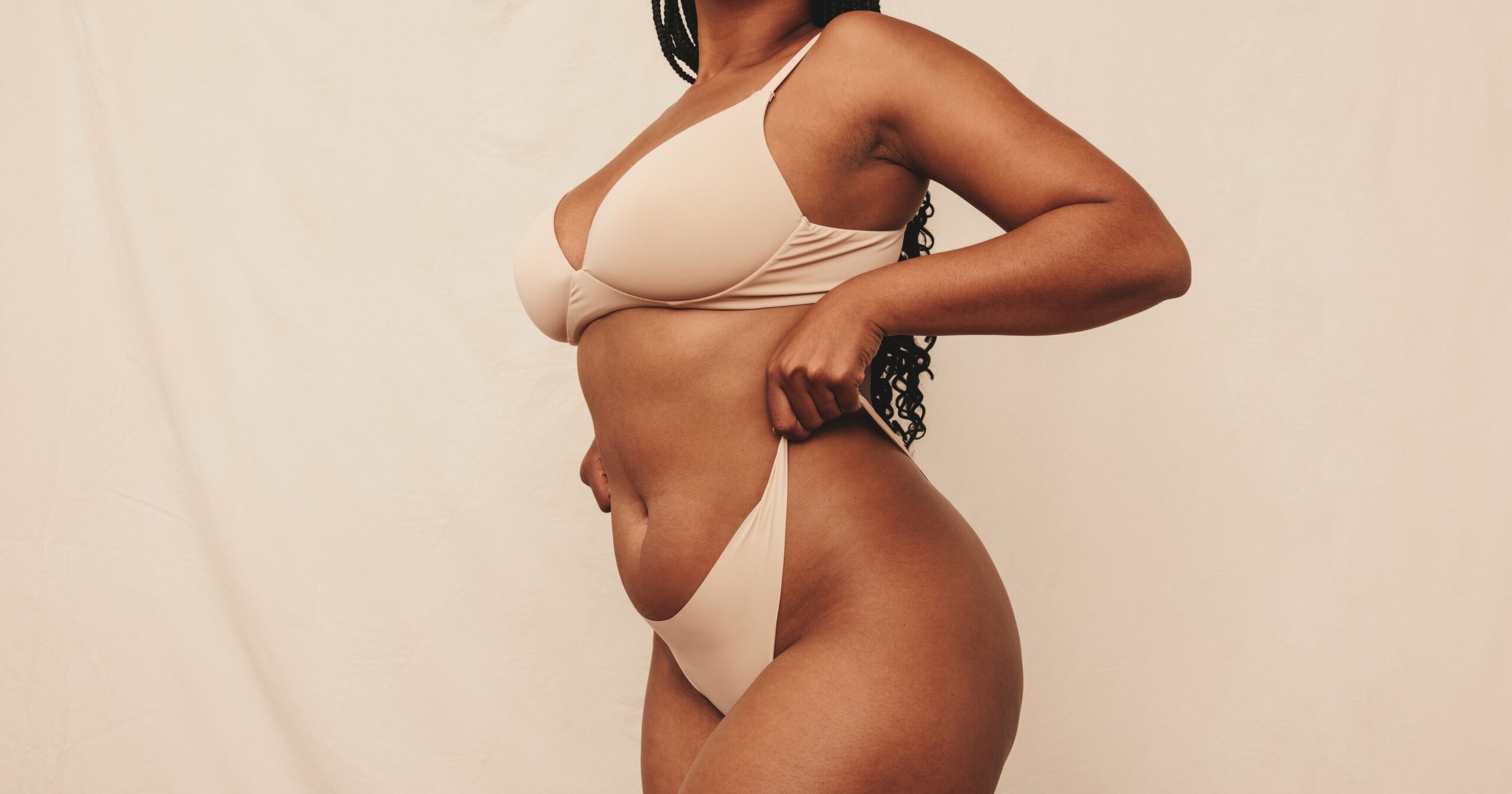Bracken Darrell, the turnaround specialist who has taken the helm at VF Corp., is leading a company that, strangely, has been released by circumstance.
After years of being a rock-solid group with desired brands and a powerhouse supply chain, the parent of The North Face, Vans and Supreme stumbled over the pandemic — and the fall has been painful.
Late on Monday, VF said revenues declined 4 percent to $5.1 billion in the first half, with the ailing Vans business down 22 percent. The once-sacred dividend was also slashed again and hopes of an immediate bounce-back were dashed as financial guidance for the year was withdrawn.
Shares of VF fell 14 percent to $14.72 on Tuesday, leaving the company with a market capitalization of $5.7 billion — a fraction of the nearly $40 billion valuation it enjoyed at the start of 2020.
Wedbush analyst Tom Nikic summed it up by noting, “It’s hard to find many silver linings here.”
With expectations low on Wall Street, Darrell, who became chief executive officer in July, has a little extra latitude.
“I feel a lot of freedom to do the right things,” Darrell told WWD in one of his first interviews since taking the top spot at VF. “I also feel surrounded by smart people here and on our board. And I’ve also gotten a lot of feedback from investors. I think I’ve gotten a lot of feedback from every direction, so I feel very comfortable that I can make just about any change you can think of and I’ll get the support for it.”
Change has indeed come to VF.
Darrell has shaken up the corporate org chart, creating a global commercial structure that will sit over the Americas business, which had operated separately from the international operations in Asia and Europe.
While he is being careful to make sure the various brands can each explore their own creative visions, the business operations will come under one roof.
“Think of it as five or six different sales operations, three different groups running stores independently of each other and not really communicating at all with each other,” the CEO said of the existing structure. “[There is] almost no relationship between those U.S. operations and the ones in the rest of the world. Not a wall between them, but there was no reporting relationship there. Also, there wasn’t much communication…The goal here is we want creativity. We want the creativity to be in the products, in the experience in the store, not in the processes.”
Darrell is also a believer in both direct-to-consumer and a healthy wholesale business.
“Different brands have different identities, and so naturally there’s a place for the retailers who carry multiple brands, and we should be a world-class, best-in-class company in helping them grow,” he said. “And if you can do it in a retailer who has multiple brands, then you can certainly do it in your own stores and online.”
It all ties back to brand — a element that’s long been vital to the success of both VF and Darrell’s alma mater Procter & Gamble, where he worked to turn around Old Spice.
“Brand building is absolutely critical,” he said. “So having a really strong brand, a brand is a form of a monopoly. And my general counsel would hate that I’m saying that, but it really is because, if a brand has a strong identity, you can’t buy that brand anywhere else.
“The second order of business, though, is the product. And the product has to be fantastic and often innovative and unique,” he said. “So when you do those two things well, you’re automatically a great partner with a wholesaler because they want you.”
The burning question — and one that has not been answered yet — is just which brands does VF need in its portfolio today.
Darrell told analysts on a conference call on Monday, “In order to bring down our debt levels and improve our operations, the board and I are fully aligned that everything is on the table, and there are no sacred cows.”
Already, VF is in the process of selling its Kipling, Eastpak and JanSport backpack businesses. Financial sources said investors are also looking with interest at Timberland.

The North Face is the company’s powerhouse, growing 16 percent in the first half, and Vans is the big turnaround project.
But what about Supreme, which the company bought for $2.1 billion in 2020, putting debt on the books that ended up weighing heavily?
“I probably won’t talk about our portfolio much today except to say we really have a lot of strong brands,” Darrell said in the interview. “Supreme is one of ’em.
“They’re pretty independent and they’re going to stay pretty independent,” he said. “Their business model is really interesting. There’s a lot to learn from it, but they run their own show and we’re going to try to let them run their own show. The identity of that brand is really — it’s a little mysterious. And I kind of like that. And it’s also very powerful. They’ve done an amazing job from the get-go and they’re doing well right now.”
The exact number hasn’t been released, but he said Supreme’s second-quarter sales saw “a very good double-digit increase.”

Call it part of Darrell’s fashion education.
Before VF, he turned around Logitech as CEO, bringing a sharper design focus to the company’s products. But fashion is something different, particularly with its never-ending churn of seasonal collections.
“The season concept brings a burst of freshness every season to the brand, to the industry,” he said. “Trying to find fresh ways to do that is probably important. But I think the idea of a season and its impact on a brand and attracting users to try new things is really cool. So I love that.”
That suggests some new iteration on the supply chain, but if that’s a change VF makes, it’s still in the future.
Regardless, Darrell is going to look at it all with fresh eyes.
“The downside is I don’t have direct experience in fashion,” he said. “The upside is I don’t have direct experience in fashion. So I think there’s some benefit to coming in and looking at things very objectively.”



